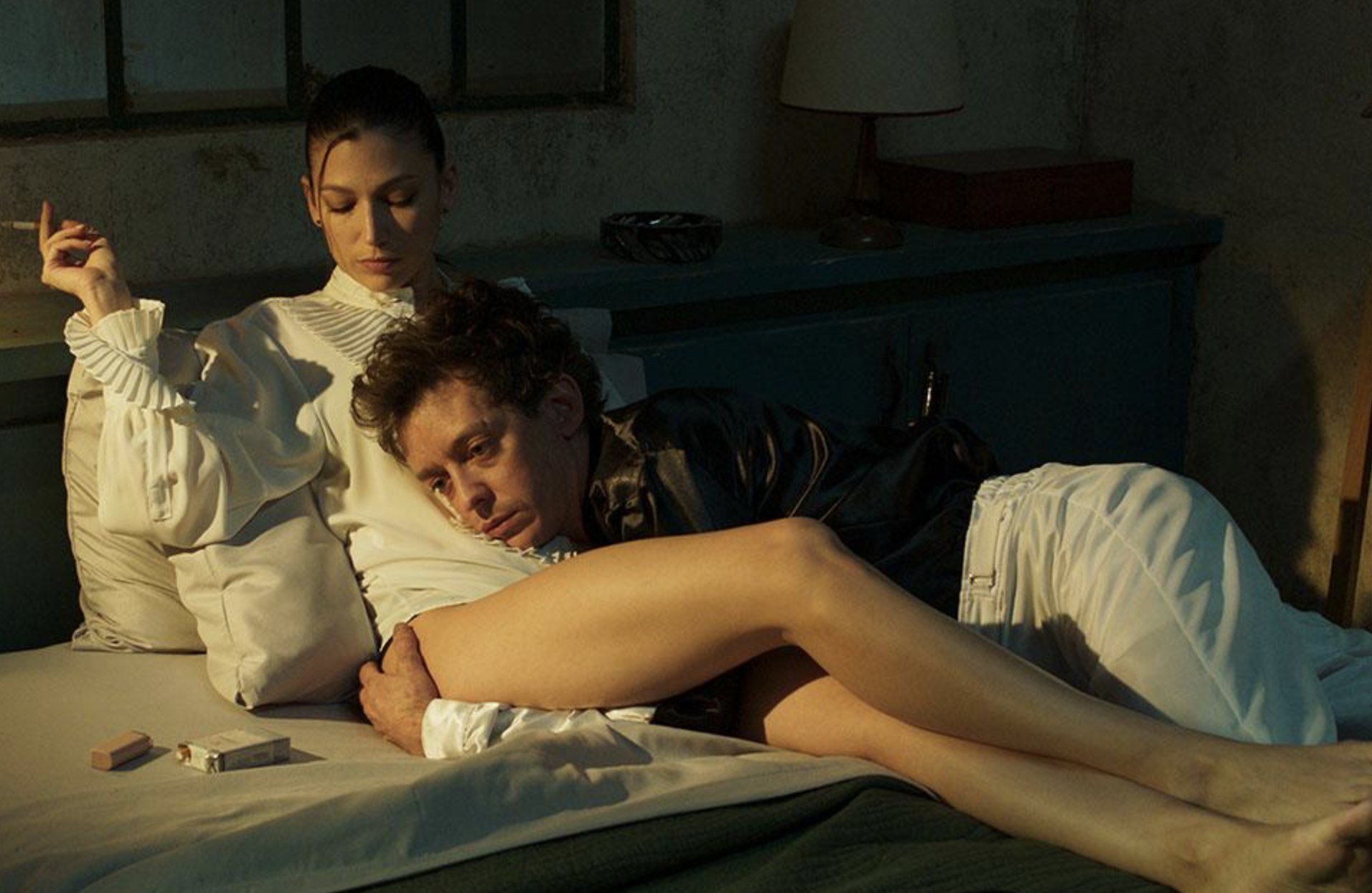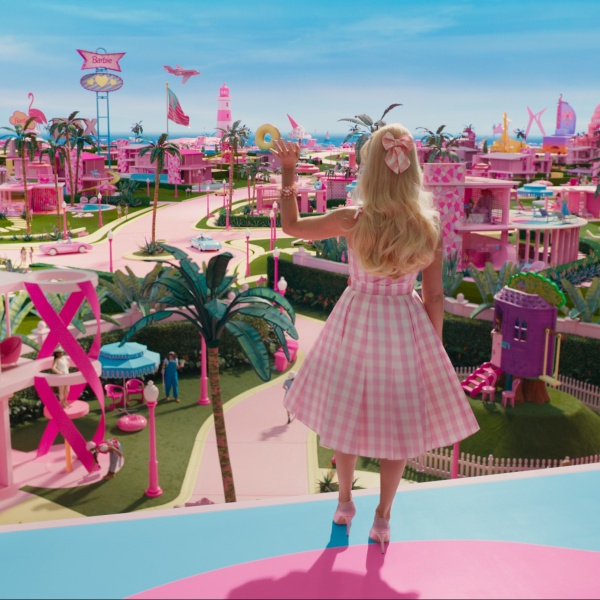Luis Ortega’s slow, unpredictable dramedy set in the world of mob-run racing in Buenos Aires, “Kill the Jockey,” plays its cards close to its chest. If surprising shifts into magical realism and existential rumination mean we are kept guessing about the film’s ambitions, there is also a sense that Ortega has let the material get away from him like a runaway horse.
Someonebested by a beast before the title even has a chance to flash up on screen is our titular jockey. We are first introduced to Remo Manfredini (Nahuel Pérez Biscayart) catatonic in a bar before he is found by a menacing male search party. They revive him by the uncharming method of inserting a riding crop into his mouth and drive him to a race track. Here he pre-games with horse drugs mixed with booze and cigarettes and then takes a slow walk through a long and claustrophobic tunnel (the first of many birthing references) to the track. A fellow jockey blows him a kiss, the starter pistol fires and Remo catapults backwards off his steed and thuds onto the ground.
Who is this man and why is he in such a state? Initially the film does not appear to answer this question, rather it plunges us deeper into his predicament. Once the goose who laid the golden eggs for a mob-run racing syndicate, he is starting to malfunction. The issue isn’t substance abuse. He alway raced intoxicated and used to win, laments a hired heavy as a group, headed by boss Ruben Sirena (Daniel Giménez Cacho) sits around a table. Also present is the jockey that blew Remo the kiss, his pregnant girlfriend Abril (Úrsula Corberó).
It is decided that Remo can clear his debts with these mobsters if he wins a big race, riding a new horse specially imported from Japan: the very handsome Mishima. Aki Kaurismäki’s regular cinematographer Timo Salminen (“Fallen Leaves,” “Le Havre,” “The Other Side of Hope”) captures Mishima’s glossy muscles as the horse gallops on an oversize treadmill. The film’s most vivid sequences recall the cinema of Pedro Almodóvar while Remo’s second-act transformation calls to mind the title character from Alice Rohrwacher’s “Happy as Lazzaro.”
Ortega is more careless with the physicality of his lead character than the above two auteurs would be. When Remo stumbles out of bed with Abril, down an open trapdoor and lands in the position of a felled cartoon animal, there is no specific consequence to this accident. It is swept into the general motion of the narrative, betraying Oretga’s disinterest in the lived sensations of having a body. There is never a jolt of pain or peril despite the objective desperation of Remo’s situation. Instead, a treacly dream gauze takes hold, especially once the rug is pulled out from the initial set-up.
“His injuries are not compatible with life,” a doctor says, after Remo is taken to hospital following another horrific accident. It’s a humorous phrase (one of many) given an even more raucous pay-off when the next shot reveals Remo, alive, traveling down in the hospital elevator dressed in a woman’s fur coat and handbag with a head bandage like a helmet. Now a fugitive from the mob, this stolen outfit reconnects him with an identity from years ago — from before being conscripted as a jockey.
Remo becomes Delores and is greeted by everyone with acceptance. Especially Abril who recognizes her long-lost girlfriend. Even the mob boss, Sirena, recognizes her femininity. The most moving and mature philosophy within “Kill the Jockey” is the framing of identity not as a fixed point, but as an exploration that involves being lost and taking detours and — still — keeping on keeping on. Gender fluidity is presented matter-of-factly as one more potential aspect of our eternal search for an elusive self. Themes of birth and rebirth are at the forefront, shoehorned in visually and narratively.
Nahuel Pérez Biscayart does phenomenal work at bringing out all the dimensions of an underwritten role. Stiff and checked-out as a beleaguered jockey, he becomes more alert as Delores wanders through the city and her values begin to shift into focus. Biscayart’s non-verbal acting does a lot of the heavy lifting as the script often sacrifices character stakes in favor of metaphoric signposting. A game cast delivers wholehearted performances even though their characters are sketched as somehow being above real-world concerns.
Sporadic dance sequences are beautifully and hypnotically mounted, and it is during them that the story and characters feel most alive — the desultory pacing and metaphoric overloading means that they are otherwise dogged by a certain ennui. The likes of Michelangelo Antonioni built reputations from replicating the listless sensation that can embalm our lives, however this film stops short of having such a profound sweep.
“Kill the Jockey” is an elusive and sometimes frustrating watch. It elides interpretation in ways both intentional and undercooked, flirts with a greatness that isn’t fully earned, yet it has some glorious moments and never unseats the viewer. Fittingly for a film in which characters frequently say they don’t know who they are, this film suffers from its own identity crisis.
Grade: B-
“Kill the Jockey” premiered at the 2024 Venice Film Festival. It is currently seeking U.S. distribution.





